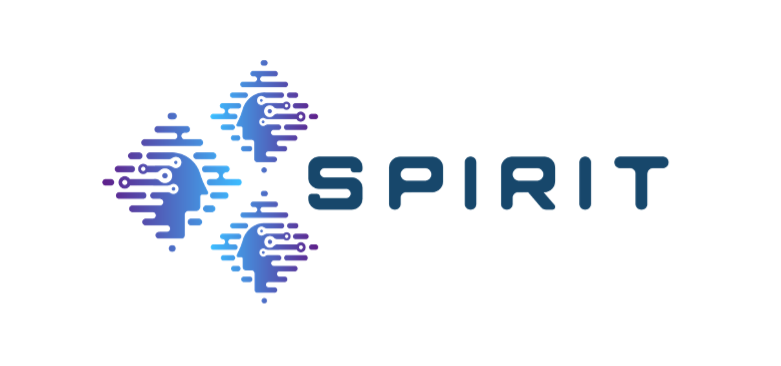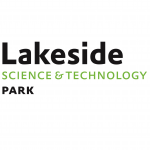Klagenfurt, June 30, 2023
Congratulations to Dr. Minh Nguyen for successfully defending his dissertation on “Policy-driven Dynamic HTTP Adaptive Streaming Player Environment” at Universität Klagenfurt in the context of the Christian Doppler Laboratory ATHENA.

Abstract
In the last decades, video streaming has been developing significantly. Among cur- rent technologies, HTTP Adaptive Streaming (HAS) is considered the de-facto approach in multimedia transmission over the internet. In HAS, the video is split into temporal segments with the same duration (e.g., 4s), each of which is then encoded into different quality versions and stored at servers. The end user sends requests to the server to retrieve segments with specific quality versions determined by an Adaptive Bitrate (ABR) algorithm for the purpose of adapting the throughput fluctuation. Though the majority of HAS-based media services function well even under throughput restrictions and variations, there are still significant challenges for multimedia systems, especially the tradeoff among the increasing content complexity, various time-related requirements, and Quality of Experience (QoE). Content complexity encompasses the increased demands for data, such as high-resolution videos and high frame rates, as well as novel content formats, such as virtual reality (VR) and augmented reality (AR). Time-related requirements include – but are not limited to – start-up delay and end-to-end latency. QoE can be defined as the level of satisfaction or frustration experienced by the user of an application or service. Optimizing for one aspect usually negatively impacts at least one of the other two aspects. This thesis tackles critical open research questions in the context of HAS that significantly impact the QoE at the client side. The main contributions of this thesis are four-fold:
- This thesis demonstrates that HTTP/3’s features can be utilized to consider- ably enhance the QoE of the end user by improving the video quality. In a streaming session, the end user would have to download low-quality segments, which impair the QoE, due to the throughput fluctuation. We propose Days of Future Past Plus (DoFP+) approach that leverages HTTP/3’s features to upgrade low-quality segments while downloading others. The experimental results reveal a boost in QoE by as much as 33%. In addition, DoFP+ saves an average of 16% of the downloaded data for all test videos. The findings indicate that the sequential download of segments is more advantageous for re- transmissions compared to concurrent downloads, and upgrading lower-quality segments first will result in a more remarkable improvement in QoE.
- This thesis proposes a weighted sum model, namely WISH, to provide a high QoE of the video and allow end users to express their preferences among different parameters, including data usage, stall events, and video quality. WISH takes into account three distinct cost elements, namely throughput cost, buffer cost, and quality cost, for each quality version and integrates them into a weighted sum as the overall cost. The results of the experiments indicate that WISH enhances the QoE by up to 17.6% while at the same time reducing data usage by 36.4% in comparison to state-of-the-art approaches. It also offers a dynamic adaptation to meet the demands of end users.
- To improve segment qualities on high-end mobile devices, this thesis introduces an ABR scheme called WISH-SR that integrates a lightweight Convolutional Neural Network (CNN) to enhance low-resolution/low-quality videos at the client side. WISH-SR extends WISH by utilizing CNN-based Super Resolution (SR) models deployed in mobile devices to improve video quality while remarkably reducing the volume of data transmitted. WISH-SR has the capacity to reduce up to 43% of the total downloaded data and enhance the visual quality compared to WISH.
- Finally, this thesis presents an approach to determine Common Media Client Data (CMCD) parameters from the client and process them at the server for the purpose of generating a suitable bitrate ladder for each client. The bitrate ladder is created based on clients’ device types and network conditions. Our approach is able to reduce the downloaded data while improving the QoE as much as 2.6 times.













